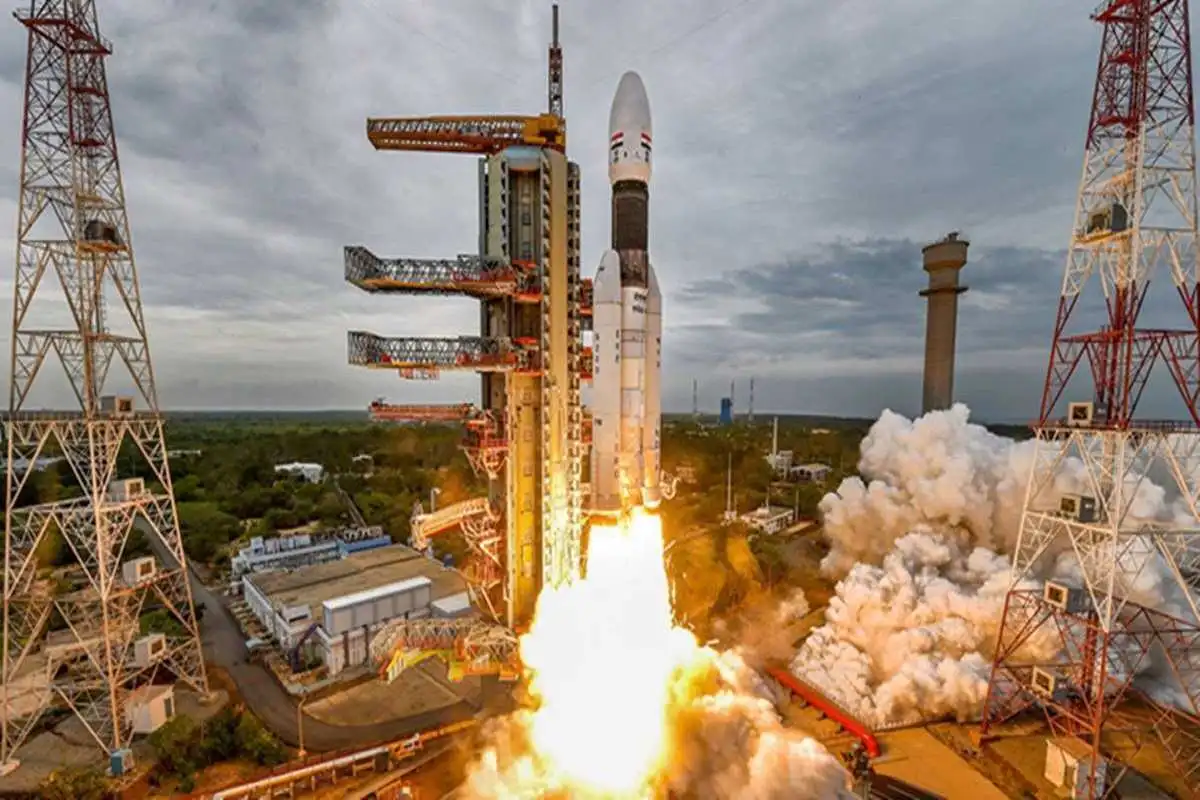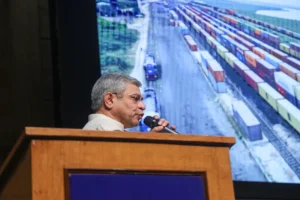
Representative image
The entire nation is excited for the launch of the Chandrayaan – III mission which is going to launch on July 14th. The subsequent land of the space mission is expected to take place anytime between August 23 to 24. Amidst this excitement, some revelations have come up from the Indian Space Research Organization (ISRO) Chief – S. Somnath. The head scientist revealed that Chandrayaan 3 is designed with a failure-based approach.
“…We are doing a failure-based design in Chandrayaan-3…” says ISRO Chief
Now, one must be wondering what a failure-based approach is. Mr. Somnath has an answer to it. He said, “…In a nutshell, if you tell what was the problem in Chandrayaan-2, it is simple to say that the ability to handle parameter variation or dispersion was very limited. So, what we did this time is simply expand it further. Look at what are the things that can go wrong. So, instead of a success-based design in Chandrayaan-2, we are doing a failure-based design in Chandrayaan-3. What all can fail, and how to protect it – this is the approach that we have taken…”
Also Read: ISRO Chief S Somnath Announces Chandrayaan-3 To Launch On July 13
Chandrayaan – III to go for the launch…
On July 14, at 2.35 p.m., the Chandrayaan-3 mission will be launched. The Chandrayaan-3 mission is a follow-up to Chandrayaan-2 and aims to demonstrate the possibility of safe moon landing and wandering.
Launch Vehicle Mark-III rocket comprising of lander, propulsion, and rover, will lift off with the Chandrayaan-3 mission.
“LVM3-M4/Chandrayaan-3 Mission: The launch is now scheduled for July 14, 2023, at 2:35 pm IST from SDSC, Sriharikota”, ISRO had said in a tweet.
Announcing the launch of Chandrayaan-3:
🚀LVM3-M4/Chandrayaan-3 🛰️Mission:
The launch is now scheduled for
📆July 14, 2023, at 2:35 pm IST
from SDSC, SriharikotaStay tuned for the updates!
— ISRO (@isro) July 6, 2023
The Chandrayaan-3 mission features scientific equipment to investigate the elemental composition, surface plasma environment, and lunar seismicity’s thermo-physical characteristics. The lander will be able to soft-land at a chosen location on the moon and release the rover, which will do an in-situ chemical analysis of the lunar surface as it is moving. The public has been invited by ISRO to see the Chandrayaan-3 launch from the launch view gallery in Sriharikota.
To read more such news, download Bharat Express news apps


















